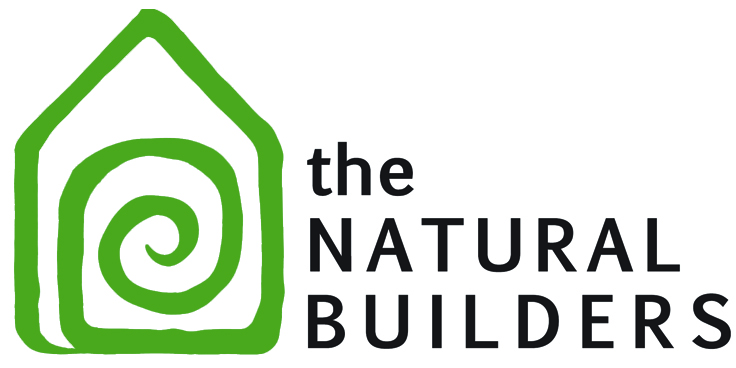Reconstructing disaster response
Resilience and Regeneration
Theres a gap thats been growing the last few decades, as headlining disasters around the world draw us to quickly empty our pockets. Giving generously to non-profit organizations to fund campaigns to help effected communities. We hear of governmental aid offered as though it were a gift from the people, though it may have debilitating conditions attached. These campaigns often feature images of people receiving aid packages or housing with the organizations logos inscribed on the goods. It would seem that it is just as important to take credit as it is supplying the aid.
These organizations were established and remain structured around disaster relief and the associated funding cycles. Relying on devastations funding begins to direct the organizational like an addiction.
We want to help!
Its only human, we see broken bodies, homes and committees pile up… who wouldn’t want to help, so we give to this organization or that foundation and trust that something will happen.
Capacity building can be found in the line items of many organizations budgets, but its not enough or the right kind to break the cycle. All too often trainings are not integrated with a cultures social systems or local resources. So when the pilot projects end and the photos have been taken, the projects effects fade. At the highest levels “capacity building” is a cover for fostering political loyalties with foreign entities, down the ladder it can serve to aid international corporations by subsidizing their training costs.
Its time to re-examine international aid policies and the associated cycles of dependence. The old system only works if we believe that crippling poverty in other nations is some random occurrence, rather than an manufactured state.
So if your the type who just wants to give a few dollars an move on, don’t stop, relief is real work. If you know of organizations involved in empowerment work by all means encourage them to develop programs that promote regional sustainability and sufficiancy. If your part of the Aid and Development paradigm lets support meaningful actions that leave communities stronger then when we arrived. Together we can continue reconstructing disaster response.
-Kevin Rowell
Co-author of the book “Preserving Haiti’s Gingerbread Houses” works as a consultant for development agencies and emerging technology companies.
——————————————————–
More on relief funding, check out this article By Jonathan M. Katz
The Coca-Cola of Disaster Relief: What’s the Red Cross Really Doing for Hurricane Sandy?
More on misguided aid and development – by Richard Stupart

 Previous Post
Previous Post